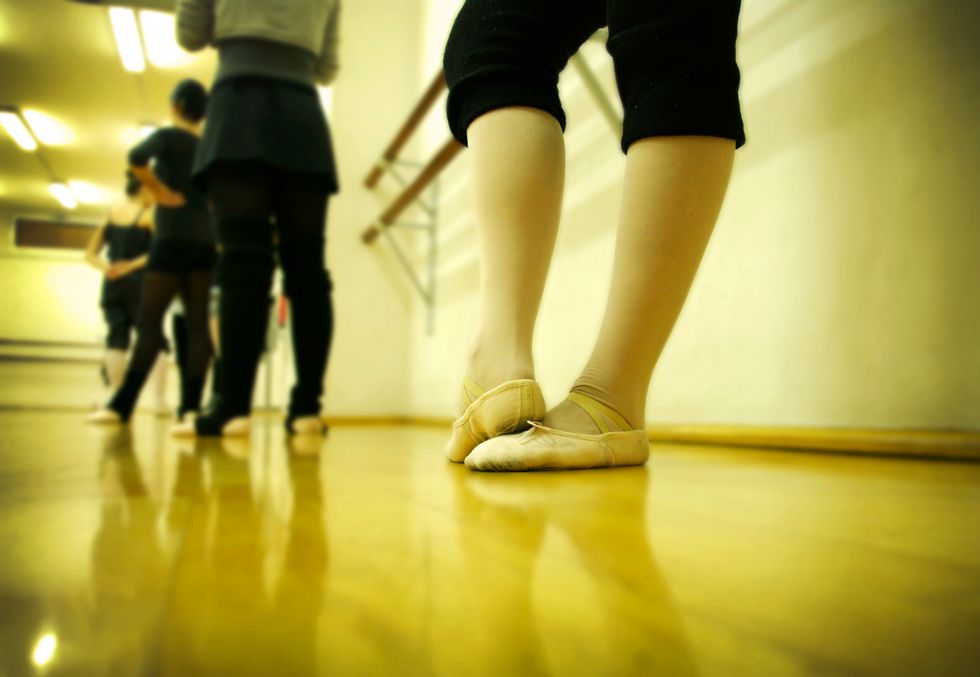"Dance Isn't For Everyone"
When I wrote about my struggle with depression, and eventual departure from dance because of it, I expected criticism. I was prepared to be challenged. But much to my relief, and horror, dancers from all over the world responded with support and stories of solidarity. The most critical response I saw was this one:
“Dance isn’t for everyone.”
This may as well be a mantra in the dance world. We have become entrenched in the Darwinian notion that the emotionally weak will be weeded out. There is no room for them anyway.
Dance institutions are actively engaged in relationships with physical therapists and orthopedic surgeons for the purpose of seeing dancers through the physical repercussions of their training. But when it comes to mental health, criticism about the lack of resources is often met with statements like, “We don’t have the time or money for that.”
Currently, those being weeded out are the dancers who struggle with the same psychological insecurities and temporary mental challenges that any other teenager might feel, but under the extraordinary stress that dance training demands. We ask our young dancers to face tremendous mental obstacles—competition among peers, the rigors of training and meeting physical expectations, leaving home at young a young age, among many others. But somehow it is asking too much that mental wellness be part of their training.

Thinkstock
It is true that there are more dance students than there are professional positions in dance, by a staggering margin. But in nearly a decade of dance writing, I have yet to interview a director who has said, “Whoa, there is too much talent, stop sending all these amazing dancers to me.” The art will not suffer from a larger pool of capable dancers.
So what becomes of the dancers who don’t “make it”? I argue that they are the most important patrons of dance that the art could hope for.
Former dancers are often vigorous supporters of the work: They deeply appreciate the art form and seek to see it advance and perpetuate. They are the people who buy season tickets, donate to the company and pay tuition for their own children to study ballet.
A 2010 WolfBrown study commissioned by Dance/USA found that more than 50 percent of dance audience members are current or former dancers. The study states that “A quarter of all dance buyers take dance lessons or classes at least occasionally, and another 33 percent used to, earlier in their lives.” Dancers and former dancers are the investors that keep our art form going.

Thinkstock
But I have a young daughter, and I live in fear of the day that she asks to take ballet because I would never want her to battle the lack of mental support that I faced as a pre-professional student. What hope can we have for the longevity of dance in our culture if we turn a blind eye to the very people who would help it to survive?
It took me years to go to the ballet after I quit dancing. It was too traumatic for me. To borrow the words of the great Maya Angelou, “At the end of the day people won’t remember what you said or did, they will remember how you made them feel.” And I felt wretched about dance.
Dance institutions are destroying their own audience by ignoring the needs of their dancers. We need to invest in the mental wellness of dancers, not because it is the right thing to do (although it is), but because it will perpetuate the wellness of the art of dance.
“Dance isn’t for everyone.” I hope that for all our sake, that isn’t true. Because we need everyone, every time the lights hit the stage, to want to be a part of it.




